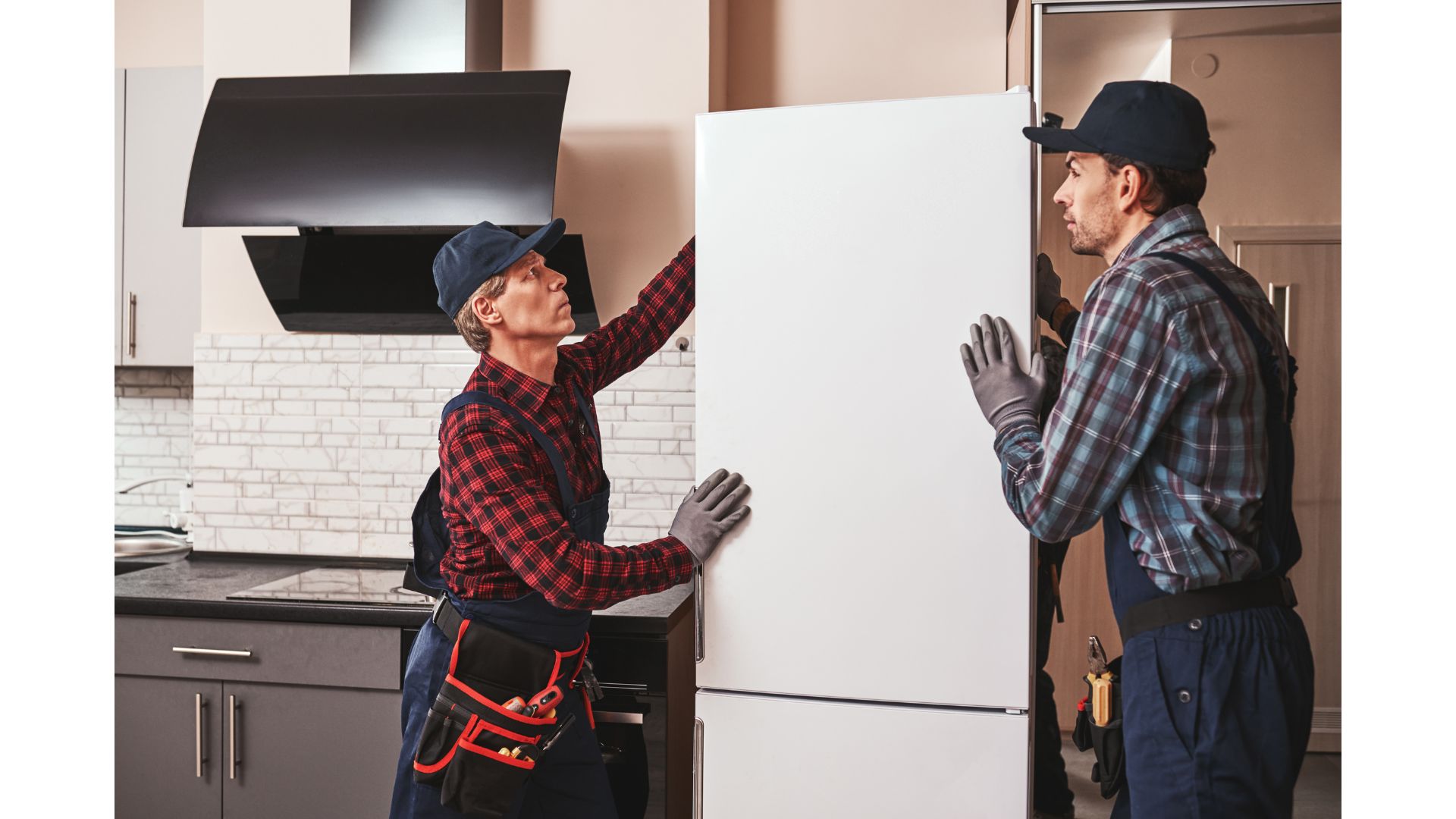Mini fridges are convenient because they are more portable than their larger counterparts. But most people have a habit of transporting these devices on their sides. Is that a bad idea? Does it make sense? The guide below will tell you.
Some models are designed to lie safely on the side without suffering any significant harm. But what about conventional mini fridges? You can also lay them on the side without attracting substantial consequences.
The key is to compensate for the hours it was on the side by keeping it upright for an equal duration. For instance, if the mini fridge was on its side for 24 hours, you should keep it upright for 24 hours before using it.
Some experts think keeping a mini fridge on its side for a few seconds or minutes isn’t a problem. But the experts at Haier Appliances disagree. From what they’ve seen, an appliance that lies on its side for a few minutes should also stay upright for a few minutes before you use it.
You’re better off keeping the device upright. But this isn’t always possible. For instance, if you want to transport a mini fridge in a car, a small trunk may compel you to lay it on the side. Otherwise, the door won’t close.
Admittedly, most of you hear contradictory information every day. Many consumers have attested to transporting their mini fridges on their sides. And they use these devices immediately, without first keeping them upright to compensate for the hours they spent lying on their sides.
But these mini fridges always work. The consumers in question have never noticed any significant side effects originating from this practice. Some experts have argued that modern devices are too sophisticated to malfunction simply because you transported them on their sides.
However, you don’t want to be counted among that small collection of consumers whose mini-fridges fail because they were transported the appliances on their sides. You are better off acting cautiously and keeping your devices upright during transportation.
But what if you’re not responsible for moving the mini-fridge? This shouldn’t change your actions because you don’t know whether the mini-fridge was upright during transit. You can trust the appliances you find in a store.
Even if the delivery team keeps these mini-fridges on the side during transit, they usually spend weeks or months in an upright position in the store. You can’t say the same about mini-fridges that reached you via FedEx and UPS.
You can only use the mini-fridge the moment it arrives if you personally transported the device to your home because you know for a fact that it was upright during transit.
What Happens If You Transport It On Its Side?
Transporting a mini-fridge on the side is dangerous for various reasons, including:
1). Oil Move Out Of The Compressor
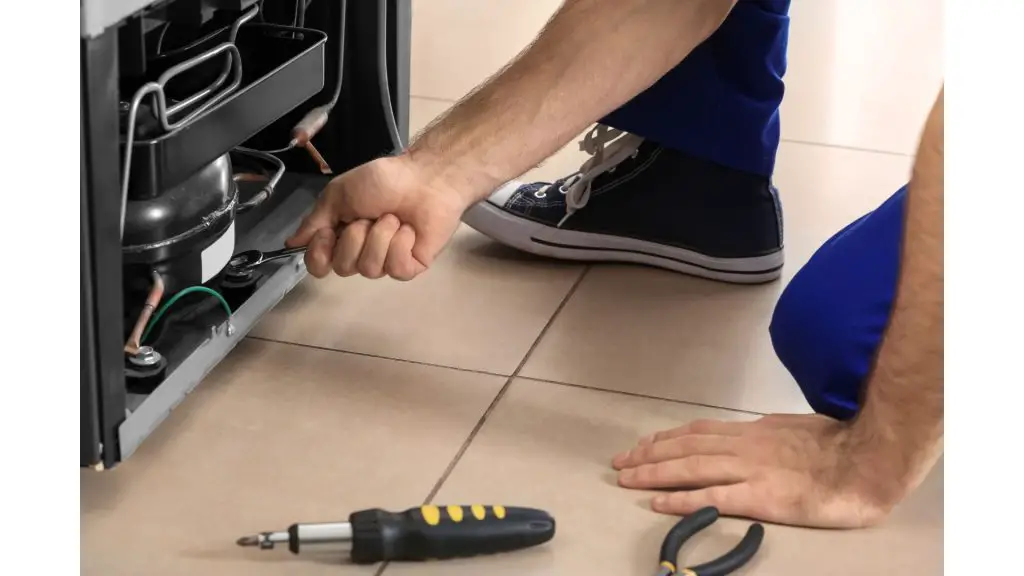
Refrigeration systems have oil that lubricates the internal components. Laying the mini-fridge on its side allows gravity to pull the oil out of the compressor. If the appliance stays on its side, the oil will move out of the compressor and into the coolant lines, creating a blockage.
If most of the oil resides outside the compressor, it may burn out because it works much harder to transport the refrigerant. Additionally, you can’t expect the mini-fridge to remain cool when the refrigerant doesn’t move.
Additionally, the oil can’t provide adequate lubrication because most of it resides outside the compressor.
2). You May Break Shelves
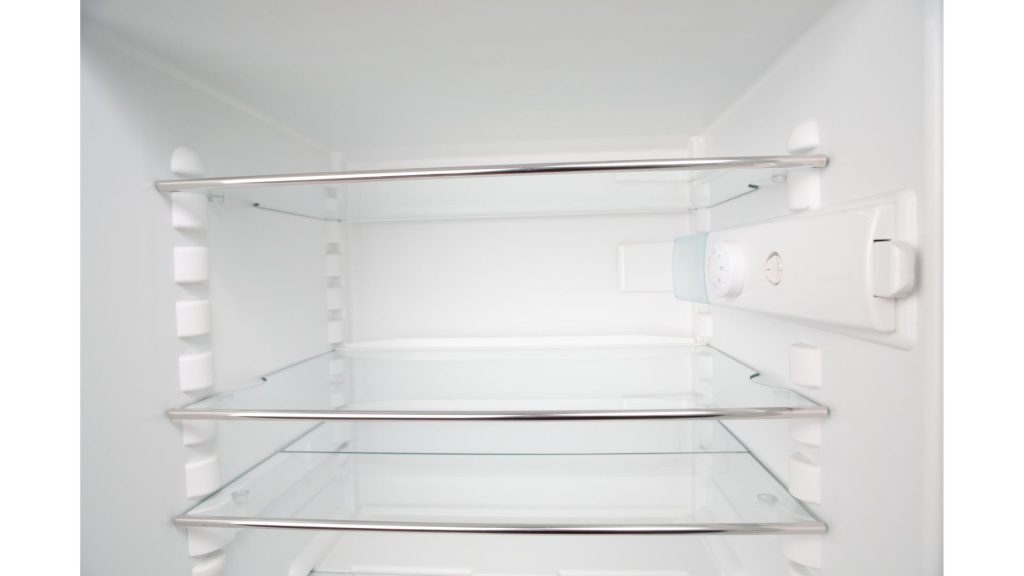
Many consumers forget the shelves. They can break during transit. This is more likely to happen in a large refrigerator, but you can’t rule out this possibility in a mini-fridge. This is why people remove the shelves before transporting the appliance. But don’t be surprised if you forget.
You can keep the mini-fridge on its side for as long as you want. But the longer it stays on its side, the worse the challenges above become. You can mitigate these risks by increasing the duration it spends upright before you plug it in.
The objective of keeping the appliance upright for several hours is to allow the fluids to flow back to their original locations. If you plug the fridge in immediately after it arrives, leaks may occur. You could also damage the compressor by overworking the component.
3). Void Your Warranty
Many consumers keep their mini-fridges upright because the manual says so. The manual’s instructions matter because you will void your warranty if your appliance stops working because you transported it on the side.
It is in your best interests to do what the manufacturer says. Otherwise, they will penalize you.
4). Compressor Brackets May Give Way
According to 101 Appliance, these devices have brackets that hold the compressor in place. Those brackets may give way if you lay the appliance on its side because they are not designed to hold the compressor at that awkward angle.
How Do You Transport It On Its Side?
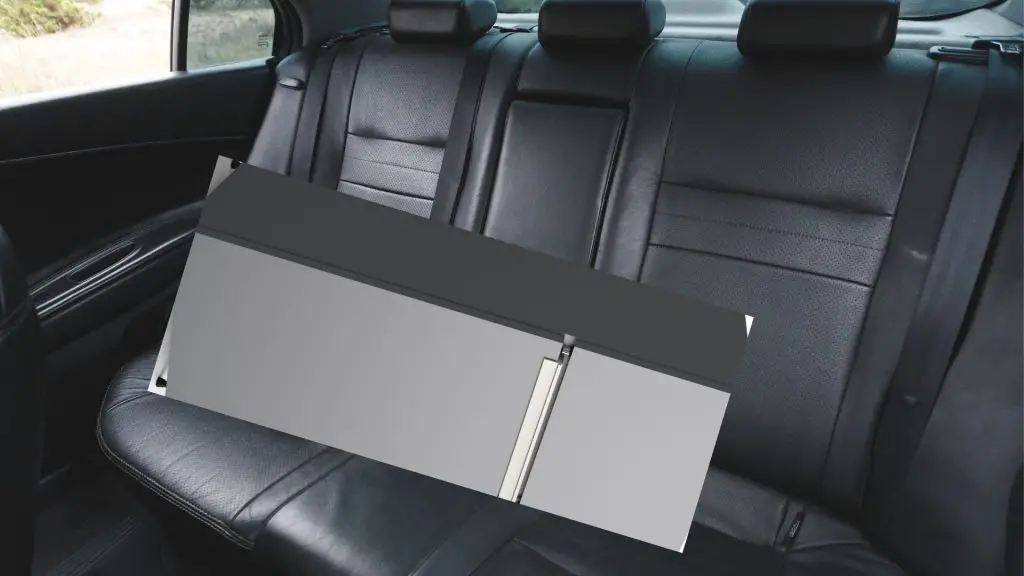
Again, some people don’t have a choice. They must transport the mini-fridge on its side because they don’t have sufficient room in their vehicles for these devices to sit upright during transit. You can take the following steps to protect your appliance:
1). Don’t take the mini fridge out of the box. A box provides stability. At the very least, it prevents the device’s components from bouncing all over the place. You can add additional padding to the box to protect the appliance from any shocks it may encounter.
2). Depending on where you intend to stow the fridge, you should tie it down with a rope. Some models are small enough to fit behind the seat. Others are better off in the trunk. In both cases, you don’t need a rope if the available space is small enough to grip the mini fridge securely.
But if you want to transport the item in the back of a van, use a rope. People think a rope is only necessary if you don’t have a box. But a mini fridge in a box can still suffer significant damage if the box is bouncing all over the place. You need both tools to secure the fridge.
3). Where possible, remove the shelves. This is particularly important if you have glass shelves. These shelves are supposed to slide out with ease. Therefore, it won’t take much for them to fall out and shatter.
You can mitigate this risk by using boxes and ropes. But the safest option is to remove the shelves. If you did not unpack the appliance in the first place, you don’t have to worry about the shelves. Manufacturers pack these devices in a way that allows you to transport them without causing harm to the individual components.
Things To Consider While Transporting Mini Fridge On Its Side
1). Use straps to secure the appliance. Keeping the device on the side is already bad enough. Allowing the mini fridge to bounce around will make things worse.
2). Keep the fridge level. Don’t allow it to tilt even more. Add some sort of plywood underneath to keep it level.
3). Use a moving truck where possible. They are safer because they have more room.
4). Don’t keep anything in the fridge. This applies to upright fridges, but it is even more important when you place the device on its side because the contents will pour.
5). One option is to lean the mini fridge on its back.
6). Reduce the time the device spends on its back or side.
7). When you reach your destination, leave the appliance in an upright position for 24 hours before plugging it in.
8). If the mini fridge manifests strange symptoms after you plug it in, such as strange sounds, unplug the device and call a technician. If the appliance has a fault, running it may cause even more harm.
9). Make sure the compressor lines are facing up. This means checking the manual and identifying the compressor lines. Place the mini fridge on the left side if the compressor lines come out on the right side and the reverse if they come out on the left.
How Mini Fridge Be Transported In A Safe Way?
1). Clear the fridge’s internal compartment. That means removing the food and shelves.
2). Clean the fridge. If you have rotting food and foul odors, they will get worse during transit, especially if the device remains in a box for a long time.
3). Let the mini fridge defrost and remove any excess ice you see.
4). Close the door and secure it. Some doors have keys, but you can also use tape to prevent the door from opening unexpectedly during transit, especially if you don’t have a box.
5). Store the mini fridge in a box. Not only are boxes stable, but they protect the device from scratches.
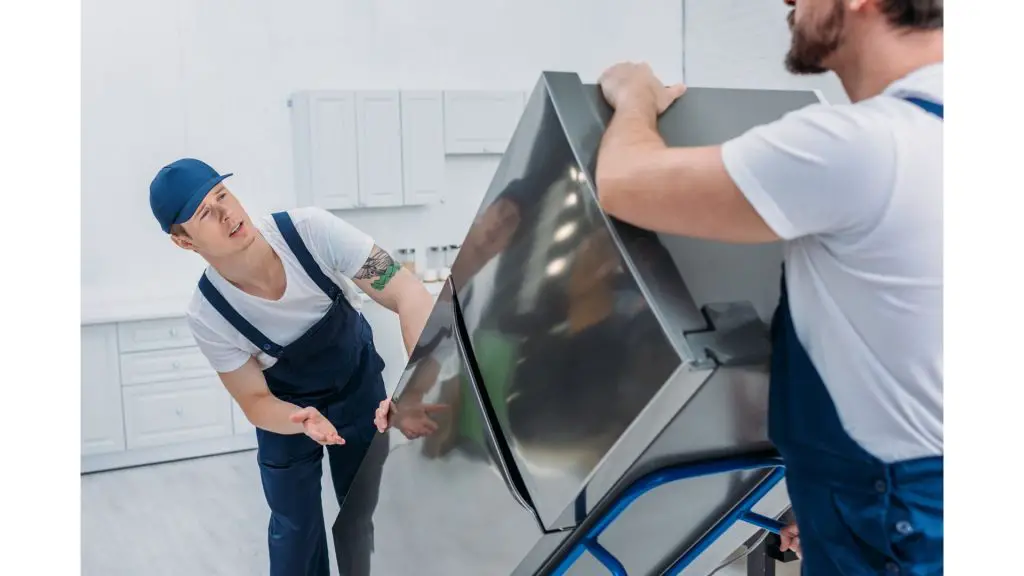
6). You don’t need a transport vehicle to move a mini fridge because they are small. However, transport vehicles and personnel are safest. Delivery men are trained to transport delicate items from place to place safely. But if you’re determined to perform this task yourself, use ropes, tape, and straps to secure the mini-fridge.

